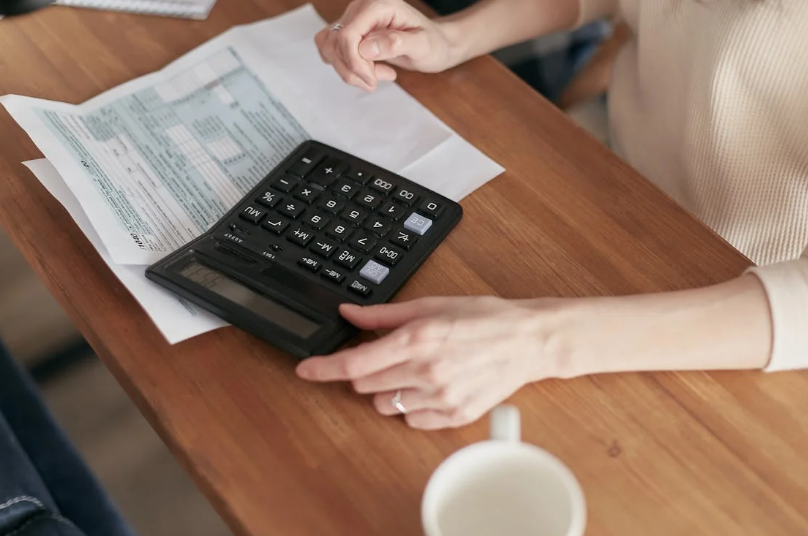
Navigating financial hardship can be overwhelming and it’s a situation that many individuals and businesses face. When debt piles up, every option can seem equally daunting. Bankruptcy might emerge as a potential lifeline. But how do you know if it’s the right step for you? This guide will walk you through the essentials of bankruptcy, helping you determine whether it’s the right decision for your financial future.
Understanding Bankruptcy Basics
What Is Bankruptcy?
Bankruptcy is a legal process designed to help individuals or businesses that cannot repay their outstanding debts. This process provides relief by either discharging debts or creating a structured repayment plan. While it may sound intimidating, bankruptcy exists to offer a fresh start.
Types of Bankruptcy
There are several types of bankruptcy, and choosing the right one depends on your specific circumstances. Chapter 7 involves liquidating assets to pay creditors, while Chapter 13 allows for a repayment plan over three to five years. Understanding these types can help in making an informed decision.
Common Misconceptions
Many people hesitate to file for bankruptcy due to misconceptions. It’s often thought that bankruptcy means losing everything or that it permanently damages credit. However, bankruptcy can be a strategic move to regain financial stability, and there are ways to rebuild credit post-bankruptcy.
Signs It May Be Time to File
Persistent Debt
If debt continues to accumulate despite making payments, it may be a sign that bankruptcy is a viable option. When minimum payments on credit cards barely dent the balance or personal loans remain stagnant, it’s worth considering.
Harassment from Creditors
Receiving constant calls and letters from creditors can be incredibly stressful. If negotiations with creditors have failed and harassment persists, bankruptcy can be a way to put an end to these communications legally.
Threat of Foreclosure or Repossession
Facing the loss of your home or vehicle can be heartbreaking. Bankruptcy can provide a temporary halt on foreclosure or repossession, giving you the breathing room to regroup and make a plan.
Evaluating Your Financial Situation
Income vs. Expenses
An honest evaluation of your income compared to your expenses is crucial. If monthly expenses consistently exceed income, leading to further debt, bankruptcy might be an appropriate solution.
Assessing Assets
Consider what assets you own and their value. Depending on the type of bankruptcy, some assets may be protected. A thorough assessment can help you understand what you might keep or lose in the process.
Future Financial Prospects
Think about your future financial prospects. If there’s no foreseeable way to increase income or decrease expenses significantly, filing for bankruptcy may be the best path to financial recovery.
Preparing for Bankruptcy
Gather Financial Documents
Collect all relevant financial documents, including income statements, debt records, and asset lists. Having these ready will streamline the bankruptcy process and ensure accuracy.
Seek Professional Advice
Consulting a bankruptcy claim attorney can provide clarity and guidance. Professionals can offer insights into which type of bankruptcy is most suitable and help you understand the legal implications.
Consider Alternatives
Explore alternatives such as debt consolidation, negotiation with creditors, or credit counseling. Sometimes, these measures can alleviate financial strain without the need for bankruptcy.
The Bankruptcy Process
Filing the Petition
The process begins by filing a petition with the bankruptcy court. This includes detailed information about your financial situation, debts, and assets. Accuracy and completeness are critical at this stage.
Automatic Stay
Once the petition is filed, an automatic stay goes into effect. This legally stops most creditors from continuing collection efforts, providing immediate relief from harassment and pressure.
Meeting of Creditors
A meeting of creditors, also known as a 341 meeting, will be scheduled. During this meeting, creditors can ask questions about your financial status and intentions. It’s a standard part of the process and typically straightforward.
Life After Bankruptcy
Rebuilding Credit
Post-bankruptcy, rebuilding credit is essential. Start by obtaining a secured credit card, making timely payments, and keeping balances low. With patience and discipline, it’s possible to improve your credit score over time.
Financial Education
Taking financial education courses can provide valuable knowledge to avoid future financial pitfalls. Many courts require these courses as part of the bankruptcy process, but continuing education can be beneficial.
Setting New Financial Goals
Set realistic and achievable financial goals post-bankruptcy. Whether it’s saving for an emergency fund, paying off remaining debts, or planning for retirement, having clear goals can help maintain financial health.
The Emotional Impact of Bankruptcy
Dealing with Stigma
The stigma associated with bankruptcy can be emotionally challenging. Remember that bankruptcy is a tool designed to help you regain control of your finances. It’s important to focus on the future and not dwell on past financial mistakes.
Support Systems
Leaning on support systems, whether friends, family, or support groups, can provide emotional strength. Sharing experiences and advice can make the process less isolating and more manageable.
Mental Health Considerations
Financial stress can take a toll on mental health. Seek professional help if needed. Therapists and counselors experienced in financial stress can offer coping strategies and emotional support.
Bankruptcy is a significant decision that requires careful consideration and planning. By understanding the process, recognizing the signs that it may be time to file, and knowing what to expect, you can make an informed choice. If bankruptcy seems like the right path, take proactive steps to prepare and make the best of your fresh start. For personalized advice and support, consider consulting with a bankruptcy professional who can guide you through each step of the process.


